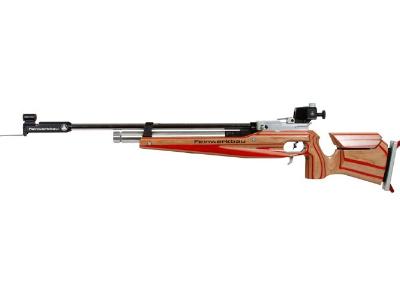
Air Rifle
Versatile air rifle built for target shooting, plinking, or small game – power, accuracy, and fun in every shot.
Air Rifle Diagram: Understanding the Components and Functionality
An air rifle is a popular choice for target shooting and small game hunting. To fully appreciate its mechanics, one must understand the air rifle diagram, which illustrates its various components and how they work together. This article delves into the essential parts of an air rifle, providing insights into their functions.
Main Components of an Air Rifle
The air rifle comprises several key components that are crucial for its operation. Here’s a breakdown of these parts as depicted in a typical air rifle diagram:
- Barrel: The barrel is where the pellet travels when fired. Its length and internal structure significantly affect accuracy.
- Piston: In spring-powered air rifles, the piston compresses the air to propel the pellet forward.
- Cylinder: This holds compressed air or gas, which provides propulsion to the pellet.
- Sights: Most air rifles come with open sights or scopes to help aim accurately.
- Trigger Mechanism: The trigger releases the piston or valve, allowing compressed air to push the pellet out of the barrel.
- Stock: The stock provides stability and support while aiming and shooting.
The Functionality Explained Through an Air Rifle Diagram
An effective way to grasp how these components interact is by studying an air rifle diagram. Here’s how each part contributes to firing a shot:
- The shooter loads a pellet into the chamber at the back of the barrel.
- The user pulls back on either a cocking mechanism (in spring guns) or charges it (in pre-charged pneumatic rifles).
- This action compresses either a spring (in spring-piston models) or pressurizes gas in pneumatic models.
- Pulling the trigger releases this compressed energy, propelling the pellet downrange through rapid expansion of gases created from compression.
A clear understanding of your air rifle’s anatomy enhances safety and performance. Familiarity with each component allows shooters to troubleshoot issues effectively and maintain their equipment properly. Furthermore, recognizing how modifications may affect performance can lead to improved accuracy and efficiency during use.
Tips for Using Your Air Rifle Safely
- Always treat your air rifle as if it were loaded.
- Aim only at targets you intend to shoot; never point it at people or animals unnecessarily.
- If unsure about any component shown in your air rifle diagram, consult manuals or professionals before using it.
The intricate design represented in an accurate air rifle diagram, combined with knowledge about its functionality, empowers enthusiasts and beginners alike to enjoy this sport safely while enhancing their skills effectively. Understanding these elements not only improves shooting experience but also fosters responsible ownership practices among users.
CONTACT US YOUTUBE